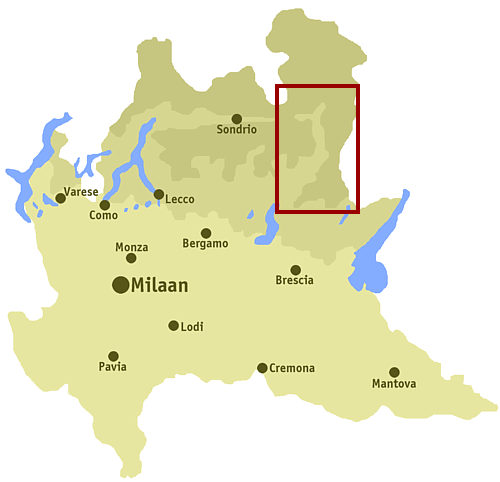|
Camunic Language
The Camunic language is an extinct language that was spoken in the 1st millennium BC in the Valcamonica and the Valtellina in Northern Italy, both in the Central Alps. The language is sparsely attested to an extent that makes any classification attempt uncertain - even the discussion of whether it should be considered a pre–Indo-European or an Indo-European language has remained indecisive. Among several suggestions, it has been hypothesized that Camunic is related to the Raetic language from the Tyrsenian language family, or to the Celtic languages. Language The extant corpus is carved on rock. There are at least 170 known inscriptions, the majority of which are only a few words long. The writing system used is a variant of the north-Etruscan alphabet, known as the ''Camunian alphabet'' or ''alphabet of Sondrio''. Longer inscriptions show that Camunic writing used boustrophedon. Its name derives from the people of the Camunni, who lived during the Iron Age in Valcamonica ... [...More Info...] [...Related Items...] OR: [Wikipedia] [Google] [Baidu] |
Valcamonica
Val Camonica (also ''Valcamonica'' or Camonica Valley, Eastern Lombard: ''Al Camònega'') is one of the largest valleys of the central Alps, in eastern Lombardy, Italy. It extends about from the Tonale Pass to Corna Trentapassi, in the commune of Pisogne near Lake Iseo. It has an area of about Area of the municipalities, excluding Val di Scalve and 118,323 inhabitants.Sum of ISTAT data of communes at 31 December 2007 The River Oglio runs through its full length, rising at Ponte di Legno and flowing into Lake Iseo between Pisogne and Costa Volpino. Almost all of the valley is included in the administrative territory of the province of Brescia, except for Lovere, Rogno, Costa Volpino and the Val di Scalve, which belong to the province of Bergamo. Since 1979, the rock drawings located along the valley are a UNESCO World Heritage Site, while the entire valley became a UNESCO World Biosphere Reserve in 2018. Etymology ''Val Camonica'' is derived from the Latin ''Vallis C ... [...More Info...] [...Related Items...] OR: [Wikipedia] [Google] [Baidu] |
Abecedarium
An abecedarium (also known as an abecedary or ABCs or simply an ABC) is an inscription consisting of the letters of an alphabet, almost always listed in order. Typically, abecedaria (or abecedaries) are practice exercises. Non-Latin alphabets Some abecedaria include obsolete letters which are not otherwise attested in inscriptions. For example, abecedaria in the Etruscan alphabet from Marsiliana (the Tuscana town) include the letters B, D, and O, which indicate sounds not present in the Etruscan language and are therefore not found in Etruscan inscriptions. Others, such as those known from Safaitic inscriptions, list the letters of the alphabet in different orders, suggesting that the script was casually rather than formally learned. Some abecedaria found in the Athenian Agora appear to be deliberately incomplete, consisting of only the first three to six letters of the Greek alphabet, and these may have had a magical or ritual significance. A deliberately incomplete abe ... [...More Info...] [...Related Items...] OR: [Wikipedia] [Google] [Baidu] |

